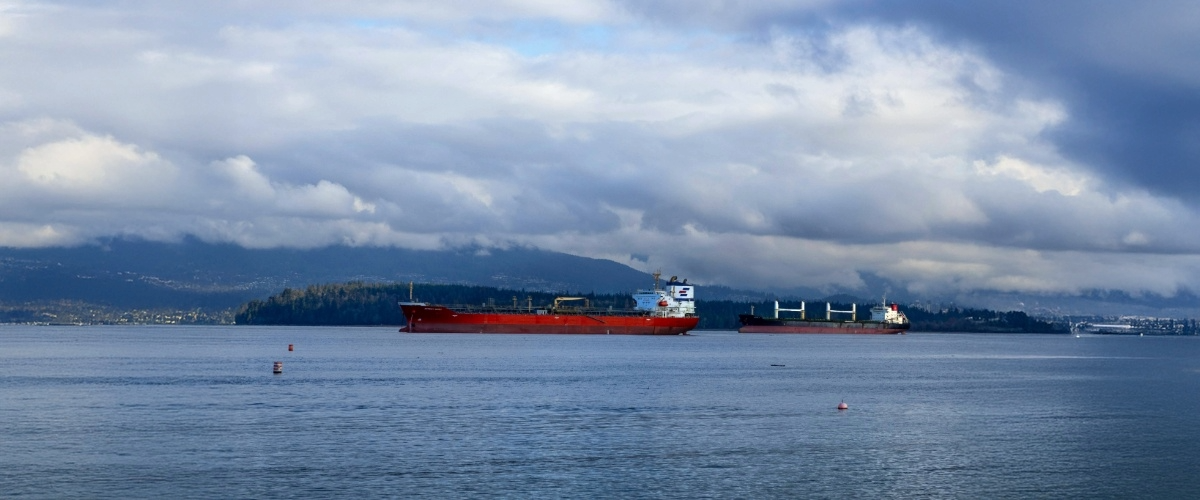Recent shifts in U.S. trade policy — marked by the introduction of a 10% base tariff, along with reciprocal and sector-specific measures — have added new layers of complexity for global businesses that were recovering from persistent headwinds, including the pandemic, logistics bottlenecks, and geopolitical tensions. These changes have significantly impacted both exports and imports, requiring companies engaged in cross-border trade to stay agile and informed as they navigate evolving trade laws and customs procedures.
Notably, some of these tariff policies have extended beyond traditional geopolitical rivals to include long-standing trade partners, creating widespread implications for supply chains across nearly all major economies.
Most of the US’s major trading partners, with the economic heft to counter the US, have retaliated by imposing tariffs on US products. Countries lacking a similar scale have, in the short term, attempted to negotiate more favorable terms with the US, while simultaneously making concerted efforts to build relations with other major markets, such as China, India, Middle Eastern countries, the European Union, or even at the intra-regional level. These responses are shaped by national policies and regulations that govern trade compliance and export controls.
The immediate impact of the volatility has been evident in the lower growth forecasts for global and regional economies, with the IMF lowering its 2025 global GDP forecast to 2.8%, a decrease of 0.5 percentage points. Companies must now adapt to new trade compliance requirements as changes in national laws and regulations alter the landscape for both imports and exports.
The US growth forecast was cut from 2.8% to 1.8% for 2025 and 1.7% for 2026, reflecting damage that the tariffs will cause. The odds of a downturn have increased from 25% to 37%, while headline inflation is expected to reach 3.0% in 2025, one percentage point higher than forecast in January.
Most other countries have had their growth forecasts similarly downgraded, implying that global trade volumes will be affected, while trade compliance complexity will rise exponentially.
Reconfiguring Trade Patterns and Diversifying Trade Partners
The tariffs are expected to alter cargo flows and precipitate a reconfiguration of trade alliances, with countries shifting their focus away from the US and strengthening ties with other major economies.
According to WTO estimates, trade between China and the US is expected to decline by 81%. Other than the country-level impact, specific regions within a country will bear the brunt, as is happening with US West Coast ports expecting to lose volumes (since China accounted for a sizeable chunk of volumes discharged at US West Coast ports).
Supply chains will be redesigned to incorporate alternate sourcing locations and new markets, whilst optimising costs and minimising tariffs payable.
For importers and customs brokers, the cost-accretive impact of the tariffs and the slowdown in volumes traded will be further compounded by the greater regulatory requirements, more stringent documentary requirements, complex tariff calculations—including the responsibility to pay duties—complications in correctly classifying commodities, and increased trade compliance and customs checks. Freight forwarders can assist in ensuring that duties are paid efficiently and documentation is handled properly.
Customs brokers play a key role in helping clients ensure their merchandise is properly processed through customs. They assist with the classification and valuation of goods, ensure compliance with regulations, and make sure the responsible party pays the required duties and taxes to facilitate smooth import and export operations.
Peak Season and Trade Compliance and Customs Clearance Process Complexities
With the upcoming peak season, importers and customs brokers are staring at a grim scenario, where the uncertainty regarding the quantum and applicability of tariffs and the overall trade volatility has created apprehensions about a potentially chaotic situation regarding trade compliance and customs clearance. During this period, adherence to trade compliance requirements becomes even more critical to ensure legal conformity and smooth international transactions.
The frequency of changes and policy reversals, as well as the exemptions granted, will render the trade compliance process more difficult.
Importers and customs brokers will also need to have visibility into the sources of individual components and determine the appropriate commodity classification and applicable tariff rate.
Failure to do so could result in slower customs clearance and undermine trade compliance activities, thereby exposing importers and customs brokers to the risk of penalties and monetary fines. It is essential to comply with all customs regulations to avoid such penalties and ensure uninterrupted trade flows. These challenges will result in prolonged transit times, lower inventory turnover, delayed cash conversion cycles, and ultimately higher costs for the business.
Turning Customs Chaos into Competitive Advantage
A proactive approach can enable importers and customs brokers to convert these challenges into opportunities.
With proper planning and a methodical approach, the complexity of customs clearance can be a source of competitive advantage, provided importers and customs brokers succeed in managing trade compliance and customs clearance better than their peers and competitors.
This can be effectively achieved by focusing on certain critical aspects that:
- Digitize documents and automate information sharing
- Provide visibility into the sources of each component
- Track all changes to tariff levels and determine the precise rate of tariff applicable for their product
- Analyse data on tariffs currently in force, along with internal data on the source of each component, to evaluate the most appropriate sourcing locations and diversify supply chains accordingly
- Automate processes and workflows to ensure accurate tariff calculation
- Leverage the services of customs brokers and freight forwarders to streamline exporting goods, improve trade compliance, and coordinate logistics efficiently
Leverage Technology to Optimize Trade Compliance in Peak Season
Technology is an indispensable adjunct in achieving the above-mentioned objectives.
Importers and customs brokers would be well-advised to invest in robust and sophisticated logtech solutions that are capable of storing and ingesting vast amounts of trade data, automating information sharing and customs submissions, streamlining workflows, generating auto-alerts about potential delays and procedural and documentary errors, and providing visibility across the supply chain.
The resultant process efficiencies will translate into superior trade compliance and better management of peak season volumes, creating a compelling value proposition.
Using AI and ML-powered logtech solutions such as KlearNow’s control tower solution, KlearHub can help importers and customs brokers elevate their supply chain planning and accelerate customs clearance.
To gain deeper insights into how KlearNow can be your reliable trade compliance partner, schedule a free demo now.
Frequently Asked Questions
1. Why is international trade compliance becoming more complex?
International trade compliance is increasingly complicated due to constantly changing trade regulations and laws, frequent tariff updates, and shifting global trade agreements. Businesses must continuously adapt to ensure compliance when goods cross international borders.
2. What role do HTS codes and customs duties play in international shipping?
HTS codes (Harmonized Tariff Schedule codes) determine the classification of goods and the customs duties payable when importing into a country. Accurate classification is essential to avoid penalties and ensure smooth international shipping.
3. What information must exporters submit to customs authorities?
Exporters must submit customs declarations that include key details such as the origin of goods, HTS codes, consignee information, and full compliance with border protection requirements imposed by the customs authorities of the importing country.
4. How long can customs clearance take and what causes delays?
Customs clearance can take several days or longer if there are errors in documentation, missing data on the origin of goods, incorrect addresses, or issues with payment of duties. Delays often occur when declarations don’t meet the standards set by customs authorities.
5. How can businesses improve trade compliance and reduce border delays?
Businesses can streamline compliance by using digital tools to automate document processing, validate HTS codes, and ensure all required information is submitted accurately — reducing risks at international borders and ensuring faster customs clearance.

